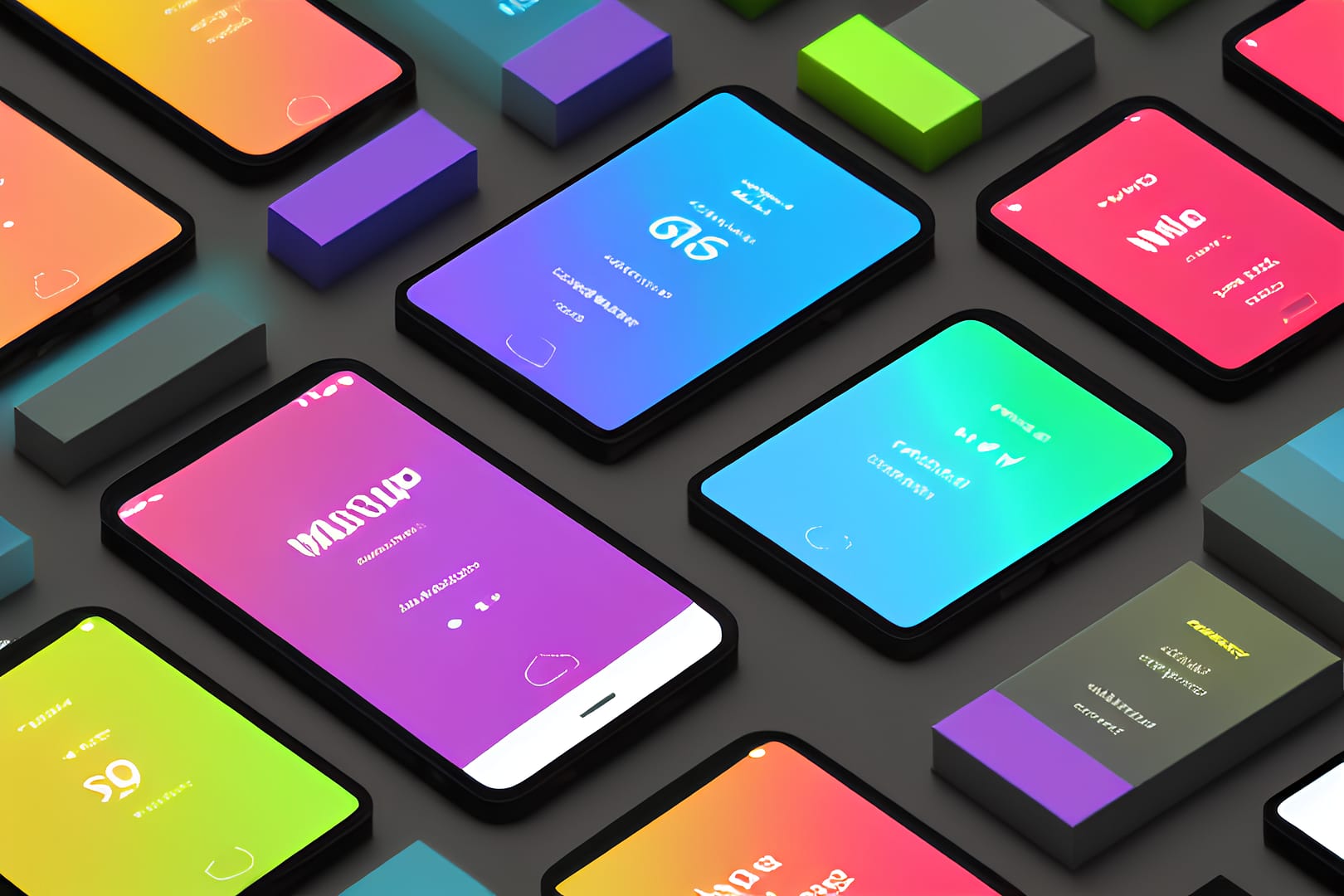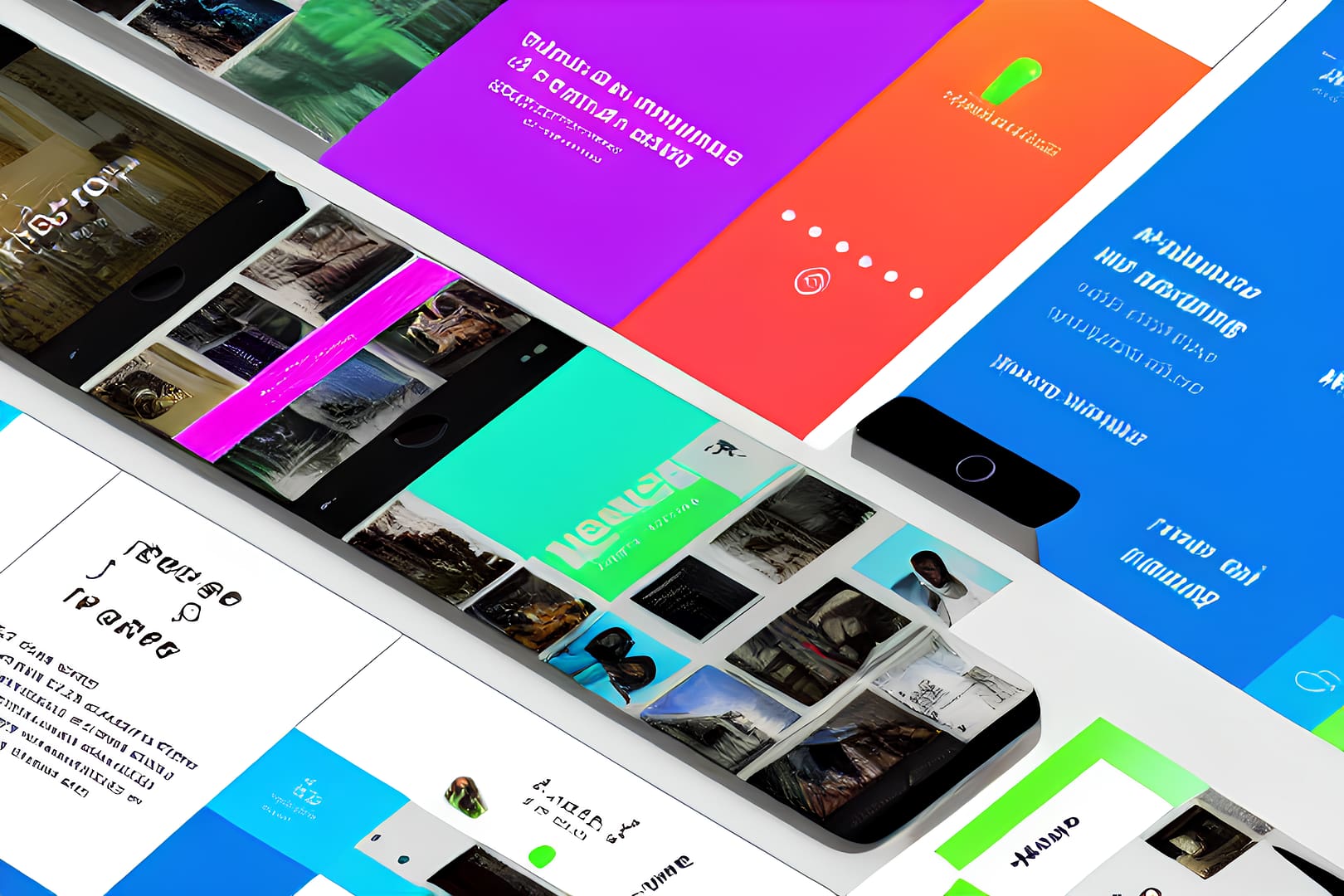Mobile development refers to the process of creating software applications that run on mobile devices, such as smartphones and tablets. The two main platforms for mobile development are iOS, which is used on Apple devices such as the iPhone and iPad, and Android, which is used on a wide variety of devices from different manufacturers. Developing mobile devices requires a different set of tools and technologies than traditional desktop software development. In addition, each platform has its own unique set of guidelines and best practices that developers must follow to create high-quality apps.
Table of Contents
Developing for iOS
The process of developing for iOS typically involves the following steps:
- Setting up the development environment: This includes installing tools such as Xcode, the official IDE (Integrated Development Environment) for iOS development, as well as downloading any necessary simulators or hardware devices for testing.
- Designing and building the app: This involves using tools such as Xcode and the iOS SDK (Software Development Kit) to create the user interface and implement the app’s functionality. iOS apps can be developed using programming languages such as Swift and Objective-C.
- Testing and debugging: It is important to thoroughly test and debug the app to ensure that it is stable and performs as expected. This can be done using a variety of techniques, including unit testing, integration testing, and debugging tools such as the iOS simulator and Xcode’s debugging features.
- Submitting the app to the App Store: Once the app is complete and has been tested, it can be submitted to the App Store for distribution to iOS users. This process involves creating a listing for the app, uploading the app package, and setting up any necessary billing and distribution agreements.
Developing for Android
The process of developing for Android typically involves the following steps:
- Setting up the development environment: This includes installing tools such as Android Studio, the official IDE for Android development, as well as downloading any necessary simulators or hardware devices for testing.
- Designing and building the app: This involves using tools such as Android Studio and the Android SDK to create the user interface and implement the app’s functionality. Android apps can be developed using programming languages such as Java and Kotlin.
- Testing and debugging: It is important to thoroughly test and debug the app to ensure that it is stable and performs as expected. This can be done using a variety of techniques, including unit testing, integration testing, and debugging tools such as logcat.
- Publishing the app: Once the app is complete and has been tested, it can be published to the Google Play store for distribution to Android users. This process involves creating a listing for the app, uploading the app package, and setting up any necessary billing and distribution agreements.
Cross-platform mobile development
In addition to native iOS and Android development, there are also options for developing mobile apps that can run on multiple platforms. This is known as cross-platform development.
One popular approach to cross-platform development is to use a framework such as React Native or Flutter. These frameworks allow developers to build apps using a single codebase that can be compiled and deployed to both iOS and Android devices.
There are pros and cons to using a cross-platform approach. On the one hand, it can save time and resources by allowing developers to build an app for multiple platforms using a single codebase. On the other hand, it may not provide the same level of performance and platform integration as a native app.
Advanced topics in mobile development
There are several advanced topics in mobile development that are worth exploring:
- Augmented reality (AR) and virtual reality (VR): AR and VR technologies allow developers to build immersive experiences that can be accessed through mobile devices. This can include everything from simple AR filters to full VR games and applications.
- Machine learning (ML) and artificial intelligence (AI): ML and AI technologies allow developers to build intelligent, self-learning systems that can perform tasks such as image recognition, natural language processing, and predictive analytics.
- Internet of Things (IoT) integration: Mobile apps can be integrated with IoT devices to allow users to control and monitor devices remotely. This can include everything from smart thermostats to connected home security systems.
Conclusion
Mobile development is an exciting and constantly evolving field that allows developers to create software that reaches a global audience through the billions of mobile devices in use today. Whether building native apps for iOS or Android or using cross-platform frameworks to reach users on multiple platforms, there are many tools and technologies available to help developers create high-quality mobile experiences.



